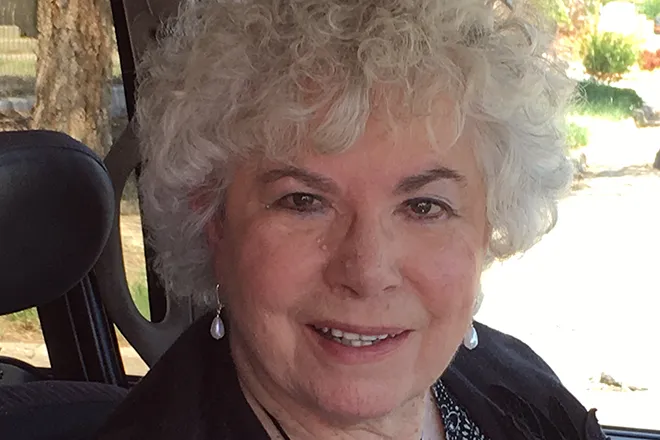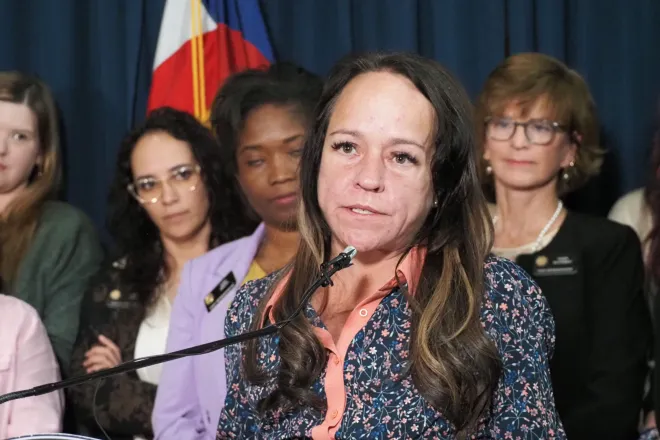
Addressing homelessness requires openness to all effective solutions
Editor’s note: The Common Sense Institute submitted this reply in response to criticisms raised in this article.
Colorado is in the midst of a homelessness crisis. From 2020 to 2024, the state’s homeless population grew by 90%—the fourth-highest increase in the nation. Despite a surge in spending and shelter capacity, the number of people experiencing homelessness continues to rise. CSI is trying to figure out why that is.
The Common Sense Institute recently released a report that analyzed the outcomes of a few broad approaches to homelessness: Housing First, which prioritizes shelter without preconditions, Work First, which pairs shelter with treatment, recovery, or employment participation, and hybrid models. The findings suggest that Housing First has helped move people indoors but has not reduced total homelessness in cities like Denver, Portland, or San Francisco. In contrast, areas using Work First or hybrid models, like El Paso County and San Antonio, have seen declines in unsheltered populations.
The report does not dismiss Housing First or overlook the role of housing affordability. It highlights the need to measure outcomes and allow communities more flexibility to pursue models that show results. Right now, federal policy strongly favors a single approach.
We believe Colorado needs a broader toolkit that balances compassion, accountability, housing and treatment, public investment and clear metrics. Every person deserves the chance to move from crisis to stability. That means supporting whatever works—measurably, sustainably, and transparently.

















